Cities aren’t just growing—they’re transforming. As urban areas evolve, so do the neighborhoods within them, with new design ideas focused on sustainability, community, and smarter infrastructure. From 15-minute cities to car-free zones, these emerging concepts are rethinking how we live, work, and connect in tight spaces. Whether you’re house hunting or just dreaming of a better commute, these innovative neighborhood models are shaping the future of city life.
1. Walkable Mixed-Use Communities
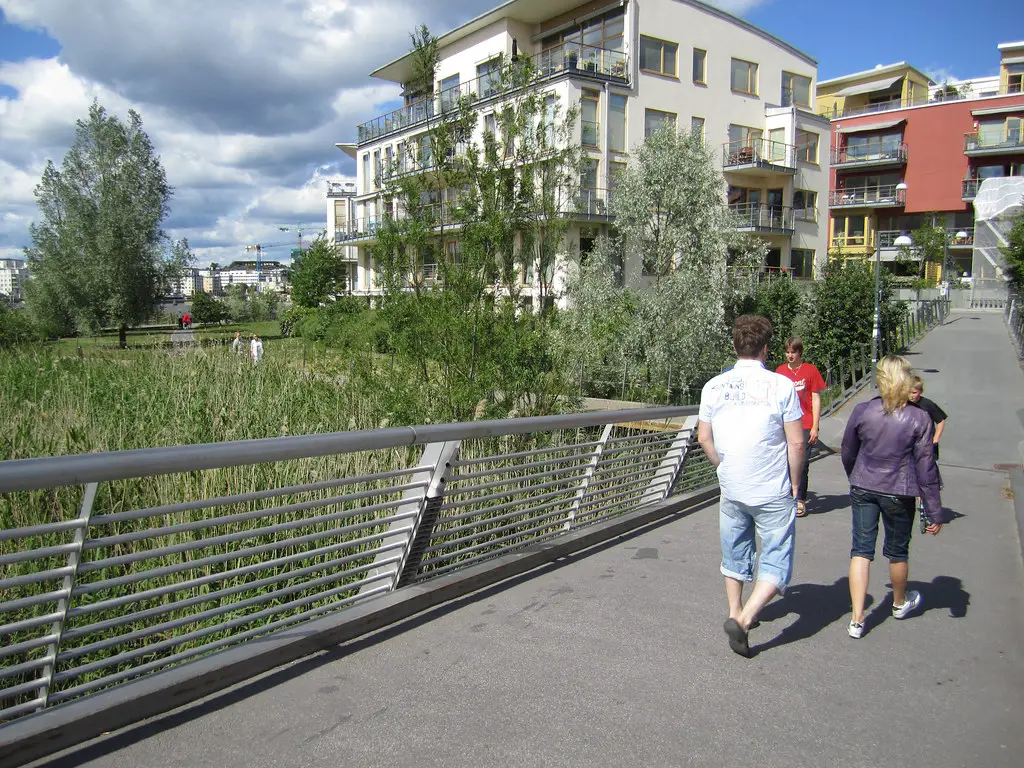
Walkable mixed-use communities are redefining urban living by integrating residential, commercial, and recreational spaces into cohesive neighborhoods. These communities prioritize pedestrian-friendly designs, eliminating the need for cars by ensuring that shops, restaurants, and entertainment options are just a short stroll away. Bike paths and public transportation hubs are also central to their layouts, promoting sustainable living.
According to Urban Land Institute, this concept not only reduces traffic congestion but also fosters stronger social connections among residents. By blending living, working, and leisure into one area, these neighborhoods provide a more holistic and enjoyable urban experience. With cities aiming for greater sustainability, walkable mixed-use developments are becoming the blueprint for future urban planning.
2. Eco-Villages Focused on Sustainability
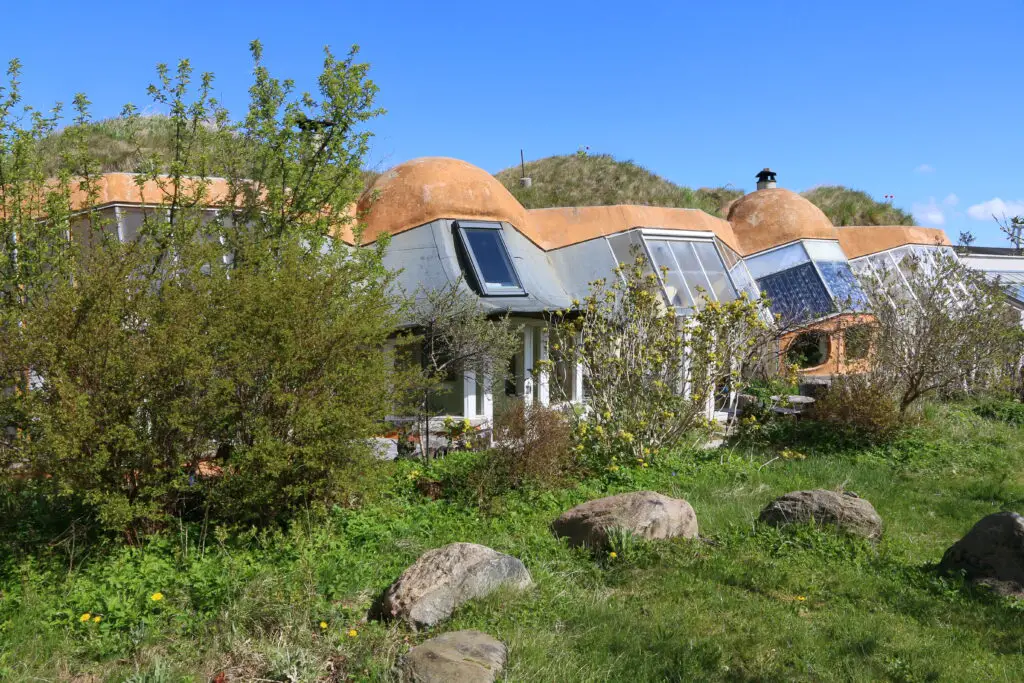
Eco-villages are leading the charge in sustainability, with neighborhoods designed to minimize environmental impact and promote green living. These developments use renewable energy sources like solar and wind, feature rainwater harvesting systems, and incorporate green roofs to improve air quality and insulation. Many also provide communal gardens for local food production, reducing reliance on long supply chains.
As highlighted by Green Building Alliance, eco-villages create a strong sense of community by encouraging shared responsibilities and fostering an appreciation for nature. They demonstrate how urban living can coexist harmoniously with the environment. This trend is particularly appealing to environmentally conscious individuals who want their homes to reflect their values.
3. Agrihoods That Combine Farming and Housing
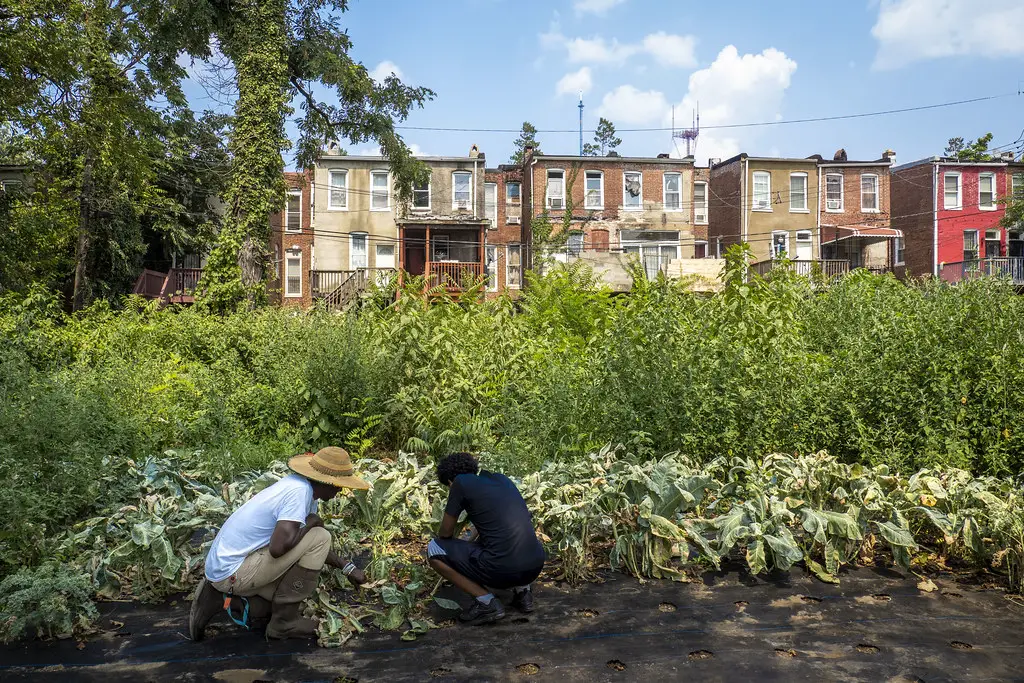
Agrihoods—neighborhoods centered around working farms—are an emerging trend that blends agriculture with residential living. Residents have access to fresh, locally grown produce and can even participate in the farming process. These neighborhoods often feature farm-to-table restaurants, farmers’ markets, and educational workshops about sustainable agriculture.
According to Modern Farmer, agrihoods promote healthier lifestyles and stronger community bonds by connecting people with the land. They are particularly popular among families who value fresh food and outdoor activities. As interest in sustainable living grows, agrihoods are transforming the way we think about suburban and urban housing.
4. Smart Cities With Integrated Technology
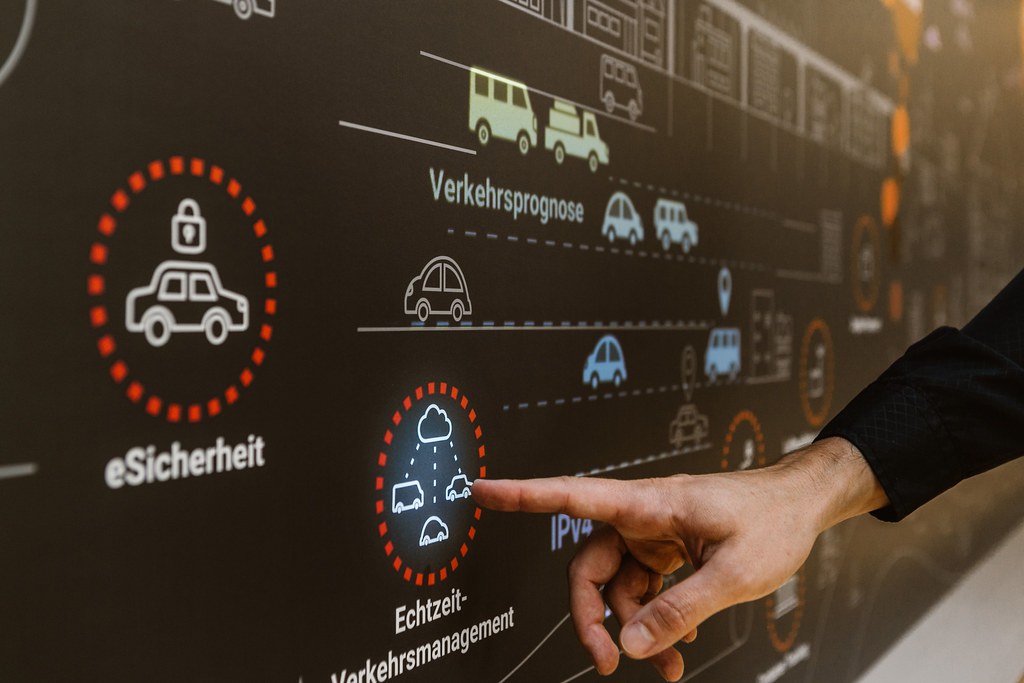
Smart cities are at the forefront of innovation, using cutting-edge technology to enhance urban living. Neighborhoods in these cities are equipped with smart grids, connected traffic systems, and IoT-enabled public services. Residents benefit from features like energy-efficient homes, automated waste management, and real-time updates on transportation and weather conditions.
As detailed by Smart Cities Dive, these advancements not only improve convenience but also make cities more sustainable and efficient. Smart cities are becoming hubs for tech enthusiasts and professionals, paving the way for smarter, greener urban environments. With their rapid development, they are set to redefine the urban landscape in the coming years.
5. Car-Free Zones for Cleaner Air
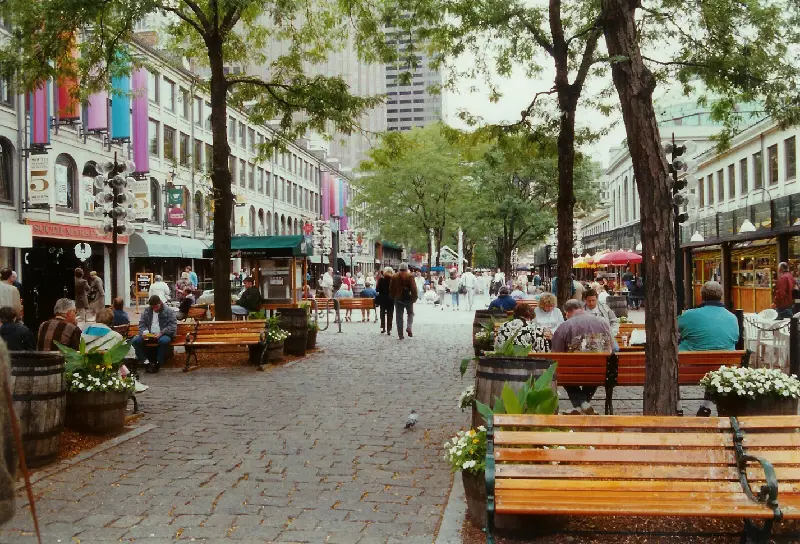
Car-free neighborhoods are transforming urban living by eliminating vehicle traffic in residential areas. These zones prioritize walking, biking, and public transit, reducing pollution and creating safer environments for families and pedestrians. Streets in these areas are often replaced with green spaces, outdoor cafes, and play areas.
As reported by BBC Future, car-free zones significantly improve air quality and reduce noise pollution, making them ideal for healthier urban living. They also encourage local businesses to thrive by increasing foot traffic. By reimagining how neighborhoods function without cars, these areas set a new standard for sustainable and community-focused living.
6. Co-Housing Communities for Collaborative Living
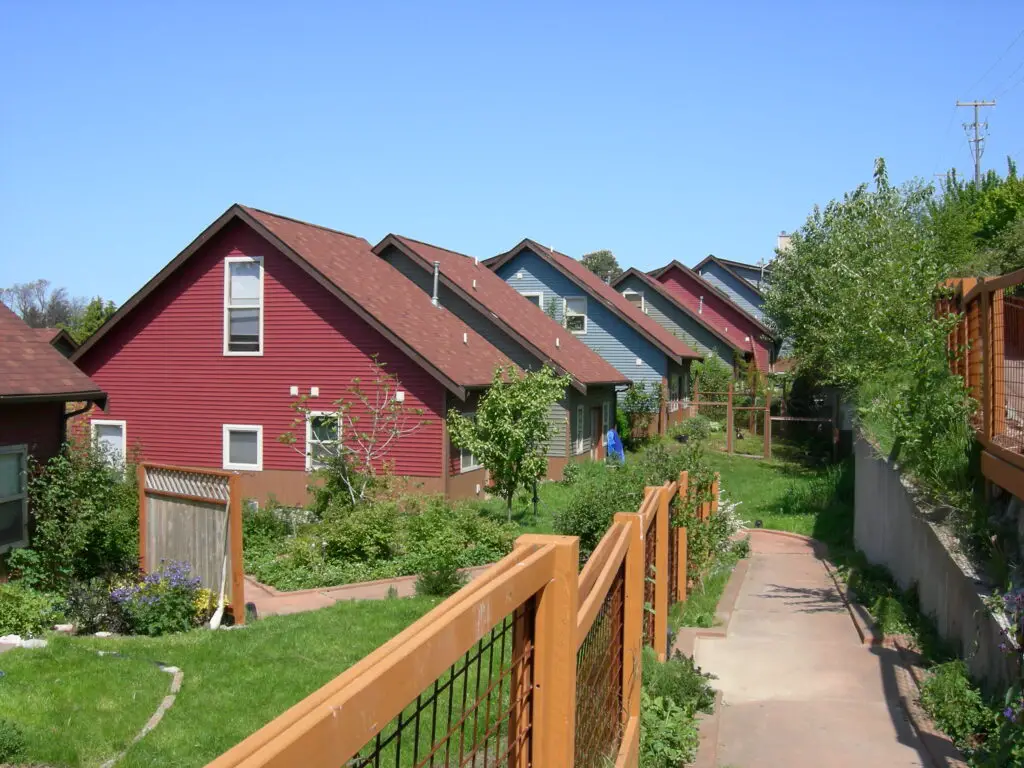
Co-housing communities focus on shared spaces and collaborative living, where residents actively participate in the design and management of their neighborhoods. These developments feature shared kitchens, gardens, and recreational spaces, fostering a sense of camaraderie and reducing individual expenses. Private residences remain intact, but communal living is the core principle.
Co-housing promotes inclusivity and cooperation, making it a great option for families, retirees, and young professionals alike. By prioritizing community involvement, these neighborhoods create supportive environments that enhance well-being and reduce social isolation. They represent a growing trend of rethinking traditional housing models.
7. Modular Neighborhoods for Flexible Housing
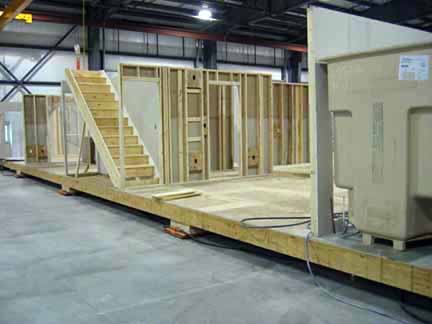
Modular neighborhoods are revolutionizing urban planning by offering customizable and easily adaptable housing options. These homes are built off-site and assembled on location, reducing construction time and costs. They can be reconfigured as residents’ needs change, making them ideal for growing families or those who value flexibility.
Modular neighborhoods often incorporate sustainable materials and energy-efficient designs. This innovation allows cities to address housing shortages while maintaining affordability and environmental responsibility. With their ability to adapt to various urban challenges, modular neighborhoods are becoming a game-changer in real estate.
8. Pocket Neighborhoods for Intimate Living

Pocket neighborhoods are small clusters of homes designed around shared courtyards or green spaces, fostering a close-knit community atmosphere. These neighborhoods typically feature compact homes with front porches, encouraging interaction among neighbors while maintaining individual privacy. Communal spaces, such as gardens, playgrounds, and seating areas, serve as focal points for socializing and leisure.
These developments emphasize a slower pace of life and prioritize walkability. They are particularly attractive to retirees, young families, and individuals seeking a stronger sense of belonging. Pocket neighborhoods are reshaping urban living by offering an alternative to sprawling suburbs or high-density city living, blending intimacy with modern convenience.
9. Regenerative Developments That Restore the Environment
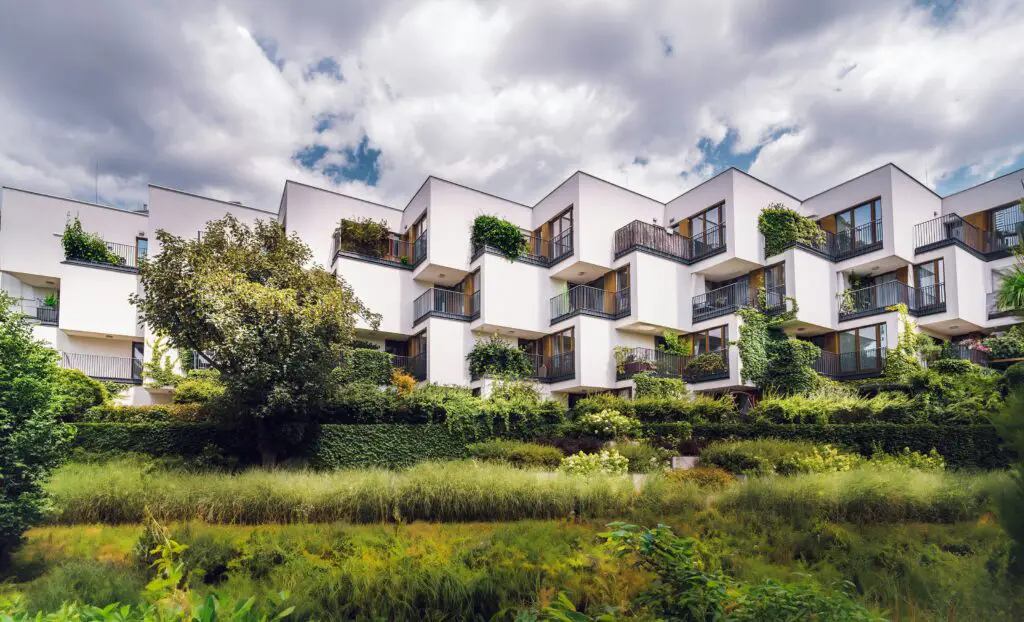
Regenerative developments go beyond sustainability by actively improving the surrounding environment. These neighborhoods incorporate eco-friendly infrastructure like permeable pavements, native landscaping, and renewable energy systems to reduce their ecological footprint. Some developments even include wetland restoration projects, wildlife corridors, and tree planting initiatives.
These projects demonstrate how housing can coexist with and enhance natural ecosystems. Residents of regenerative neighborhoods benefit from cleaner air, abundant green spaces, and a deeper connection to nature. With climate change becoming a pressing issue, regenerative developments represent a vital shift in urban planning philosophy.
10. Floating Communities for Rising Sea Levels

Floating neighborhoods are an innovative response to the challenges posed by rising sea levels. These communities consist of homes built on buoyant platforms, allowing them to adapt to changing water levels. Designed for stability and durability, floating neighborhoods often feature solar panels, rainwater harvesting systems, and hydroponic gardens.
These developments not only address housing shortages in coastal areas but also promote sustainable living. By combining cutting-edge engineering with eco-friendly technologies, floating communities are paving the way for resilient urban development. As sea levels continue to rise, these neighborhoods may become an essential part of the future housing landscape.
11. 15-Minute Cities for Convenience
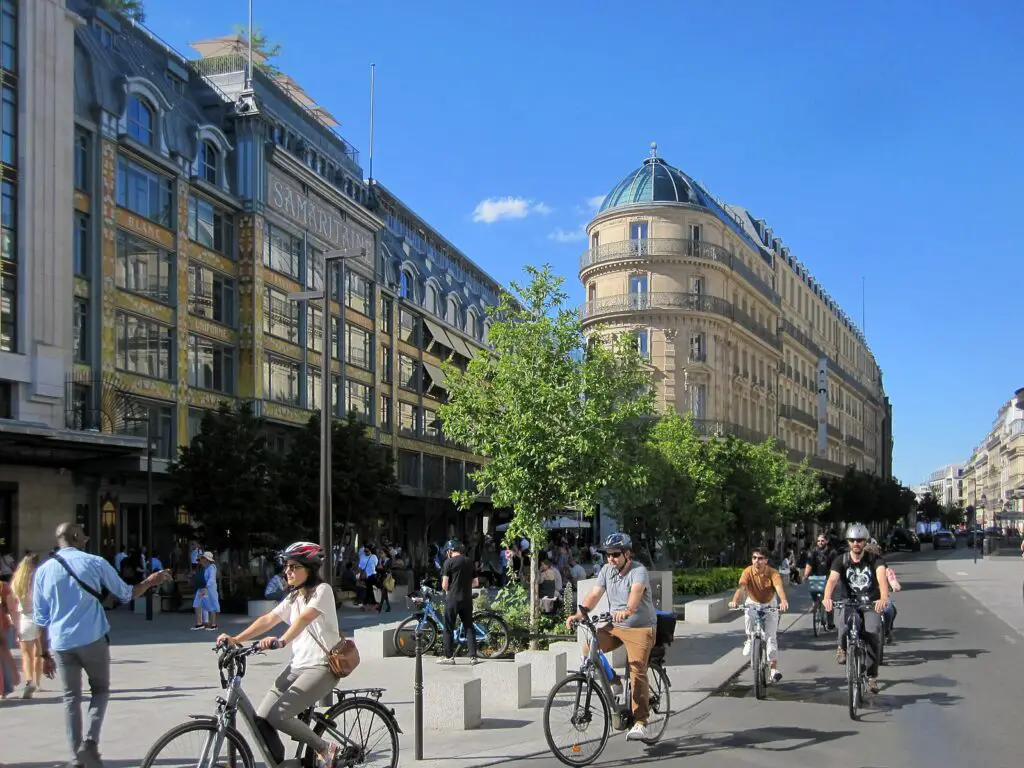
The 15-minute city concept aims to create neighborhoods where residents can access all essential services—such as schools, healthcare, shopping, and recreation—within a 15-minute walk or bike ride. These developments prioritize mixed-use zoning, integrated public transit, and accessible green spaces, reducing the need for long commutes.
15-minute cities promote healthier lifestyles, lower carbon emissions, and stronger community ties. They cater to the growing demand for convenience and sustainability, making urban living more enjoyable and efficient. With cities around the globe adopting this model, the 15-minute city is set to become a defining trend in urban planning.
12. Cultural Hubs That Celebrate Diversity
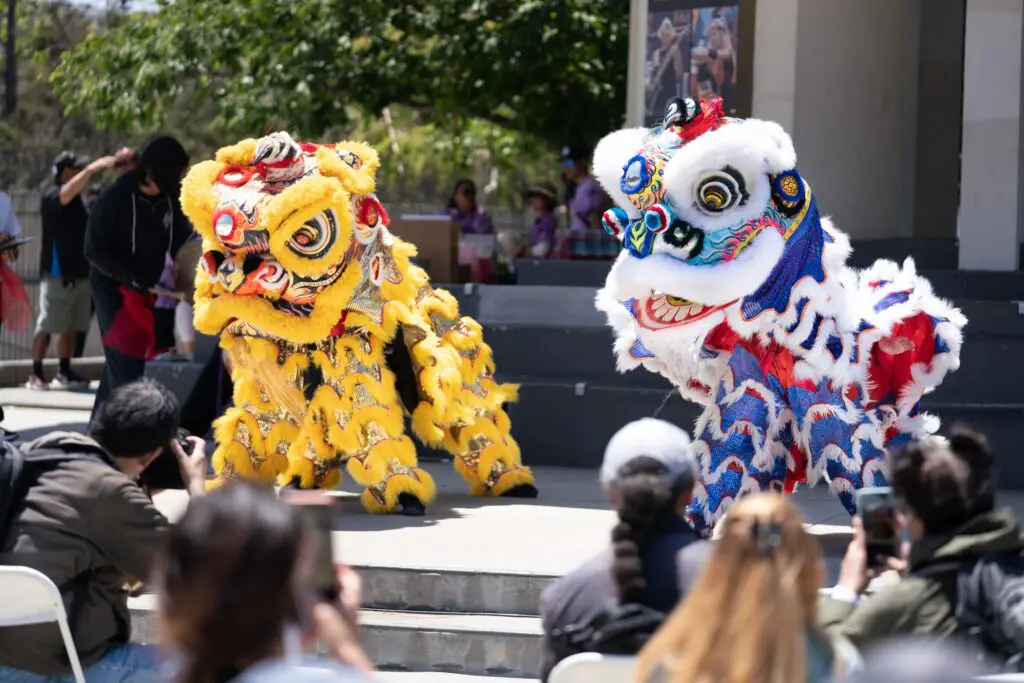
Cultural hub neighborhoods are designed to celebrate and preserve the diverse heritage of their residents. These communities often feature multicultural markets, art galleries, theaters, and festivals that highlight the unique traditions of different groups. Architecture and public spaces are designed to reflect the cultural mosaic of the area, creating vibrant and inclusive environments.
These hubs not only enrich the urban experience but also drive tourism and economic growth. They provide residents with a sense of pride and belonging while fostering cross-cultural understanding. By embracing diversity, cultural hubs are redefining what it means to live in a global city.
13. Circular Economy Neighborhoods
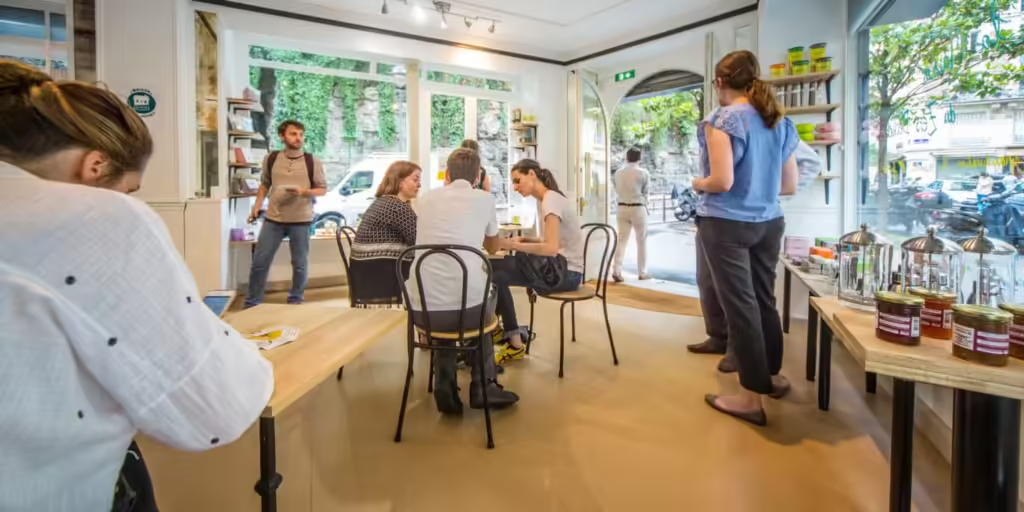
Circular economy neighborhoods focus on reducing waste and promoting resource efficiency through innovative design and community practices. Homes and businesses in these areas are built with recycled materials, and waste from one process is used as input for another, creating a closed-loop system. Shared resources like tool libraries, repair cafes, and composting facilities encourage sustainable living.
These neighborhoods demonstrate how urban living can thrive without depleting natural resources. They are ideal for eco-conscious individuals who want to minimize their environmental footprint. Circular economy neighborhoods are not just a trend but a necessity for creating sustainable cities of the future.
14. Health-Focused Developments for Wellness

Health-focused neighborhoods prioritize physical and mental well-being by integrating features like fitness trails, meditation gardens, and outdoor exercise equipment. These developments often include access to wellness centers, organic food markets, and community health initiatives, ensuring residents have the tools to lead healthier lives.
Such neighborhoods cater to the growing demand for holistic lifestyles. They foster a culture of wellness that benefits all age groups, from children to seniors. By making health and happiness central to urban design, these developments are reshaping how cities cater to their residents’ needs.
